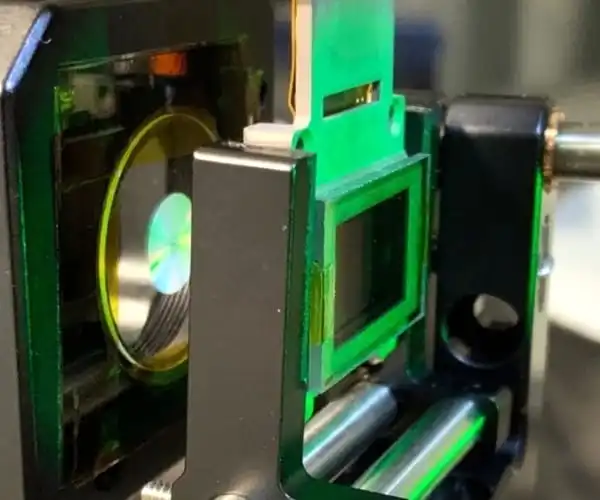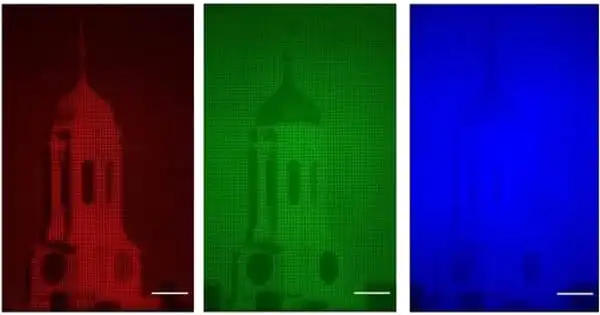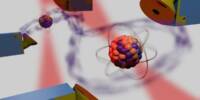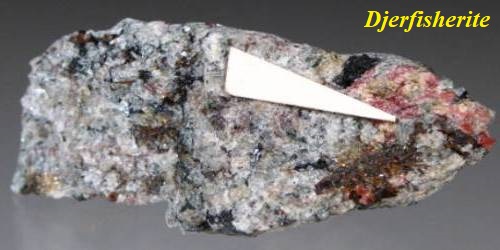Researchers have created a new method for designing large-scale metasurfaces that employs machine intelligence techniques to generate designs automatically. The method will allow for new metasurface designs that will have an impact on virtual or augmented reality, self-driving cars, and machine vision for deployed systems and satellites.
Compact and lightweight metasurfaces, which focus, shape, and control light by using specially designed and patterned nanostructures on a flat surface, are a promising technology for wearable applications, particularly virtual and augmented reality systems. Today, research teams painstakingly design the specific pattern of nanostructures on the surface to achieve the desired function of the lens, whether that is resolving nanoscale features, producing multiple depth-perceiving images at the same time, or focusing light regardless of polarization.
If metalens is to be used commercially in AR and VR systems, it will need to be significantly scaled up, which means the number of nanopillars will be in the billions. How can researchers create something so complicated? This is where artificial intelligence comes into play.
Our presented VR platform is based on a meta-eyepiece and a laser back-illuminated micro-LCD, which provides many desirable features such as compactness, light weight, high resolution, wide color gamut, and more. We believe that the metasurface, a type of flat optics, opens up a new path for reshaping the future of VR.
Zhaoyi Li
A team of researchers from the Harvard John A. Paulson School of Engineering and Applied Sciences (SEAS) and the Massachusetts Institute of Technology (MIT) described a new method for designing large-scale metasurfaces that uses machine intelligence techniques to generate designs automatically in a recent paper published in Nature Communications.
“This article lays the groundwork and design approach that may influence many real-world devices,” said Federico Capasso, the paper’s senior author and the Robert L. Wallace Professor of Applied Physics and Vinton Hayes Senior Research Fellow in Electrical Engineering at SEAS. “Our methods will enable new metasurface designs with applications in virtual or augmented reality, self-driving cars, and machine vision for embarked systems and satellites.”
Until now, researchers needed years of knowledge and experience in the field to design a metasurface. “We’ve been guided by intuition-based design, relying heavily on one’s training in physics, which has been limited in the number of parameters that can be considered simultaneously, bounded as we are by human working memory capacity,” said Zhaoyi Li, a research associate at SEAS and co-lead author of the paper.

To overcome these constraints, the team taught the physics of metasurface design to a computer program. The program uses the foundation of physics to automatically generate metasurface designs, designing millions to billions of parameters at the same time.
This is an inverse design process, which means that the researchers start with a desired function of the metalens, such as a lens that can correct chromatic aberration, and the program uses its computational algorithms to find the best design geometries to achieve that goal.
“It’s scary to let a computer make a decision, but we’ve shown that our program can act as a compass, pointing the way to the optimal design,” said Raphael Pestourie, a postdoctoral associate at MIT and co-lead author of the paper. “Moreover, using a single-CPU laptop, the entire design process takes less than a day, compared to the previous approach, which would take months to simulate a single metasurface of 1 cm diameter working in the visible spectrum of light.”
“This is an orders-of-magnitude increase in the scale of inverse design for nanostructured photonic devices, generating devices tens of thousands of wavelengths in diameter compared to hundreds in previous works, and it opens up new classes of applications for computational discovery,” said Steven G. Johnson Professor of Applied Mathematics and Physics at MIT and co-corresponding author of the paper.
The research team uses the new approach to design and build a centimeter-scale, polarization-insensitive, RGB-achromatic meta-eyepiece for a virtual reality (VR) platform.
“Our presented VR platform is based on a meta-eyepiece and a laser back-illuminated micro-LCD, which provides many desirable features such as compactness, light weight, high resolution, wide color gamut, and more,” Li explained. “We believe that the metasurface, a type of flat optics, opens up a new path for reshaping the future of VR.”
















